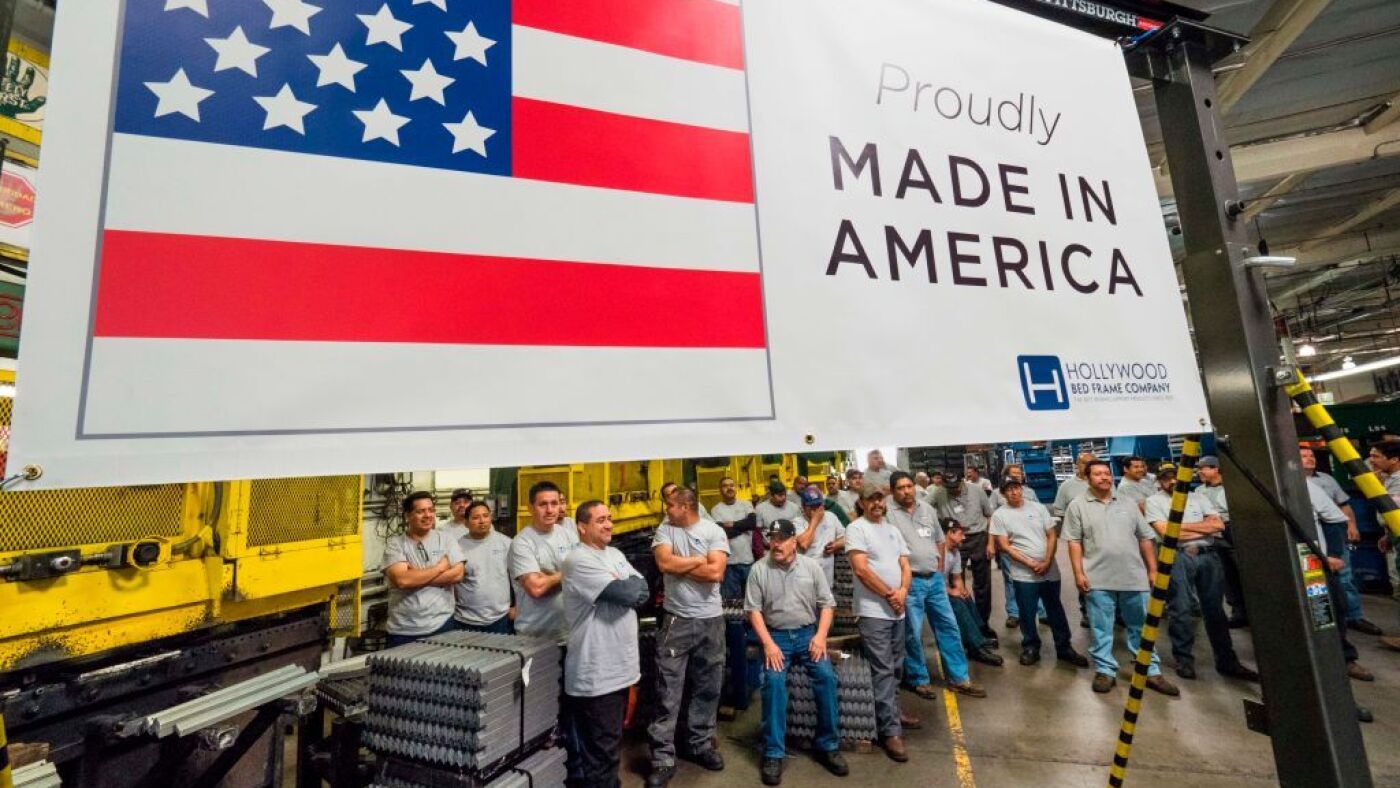“`markdown
The Silent Crisis in American Manufacturing: Why Jobs Go Unfilled
America’s manufacturing sector is caught in a paradox. While politicians and communities clamor for the return of factory jobs, hundreds of thousands of positions sit vacant. This disconnect reveals deeper systemic issues—outdated perceptions, a widening skills gap, and economic forces reshaping the industry. Understanding why these jobs remain unfilled isn’t just about labor statistics; it’s about confronting myths, rethinking education, and reimagining what modern manufacturing really looks like.
The Myth of the “Golden Age” of Manufacturing
Many Americans cling to a nostalgic vision of manufacturing: unionized assembly lines offering lifelong stability. But this image is frozen in the mid-20th century. Today’s factories are high-tech hubs where workers operate robotics, program CNC machines, and troubleshoot AI-driven systems. The problem? Public perception hasn’t kept pace.
– Outdated Stereotypes: Surveys show younger generations associate manufacturing with “dirty, repetitive work,” unaware of roles in aerospace composites or biomedical device production.
– Wage Realities: While top-tier manufacturing jobs pay over $80,000 annually, entry-level roles often start near $35,000—below the national median income. This deters talent seeking higher earnings in tech or healthcare.
The Skills Gap: A Broken Pipeline
Modern manufacturing demands hybrid skill sets—part electrician, part programmer, part engineer. Yet traditional education pipelines aren’t delivering.
– Vocational Decline: High schools phased out shop classes, while colleges pushed four-year degrees. Result? A generation unprepared for certifications in mechatronics or industrial IoT.
– Employer Short-Termism: Companies cut apprenticeship programs to reduce costs, then struggle to find workers with 5+ years of experience. It’s a self-inflicted crisis.
Automation and Globalization: The Double Disruptor
Technology and trade reshaped manufacturing’s labor needs:
– Robots Aren’t Replacing Jobs—They’re Changing Them: A single technician now oversees automated systems that replaced 10 manual laborers. The jobs didn’t vanish; they morphed into roles requiring coding and diagnostics.
– The Reshoring Illusion: Even as tariffs incentivize domestic production, supply chains remain global. A “Made in USA” label often depends on imported components, limiting job growth.
Policy Pitfalls: Well-Intentioned, Poorly Executed
Government efforts to revive manufacturing often miss the mark:
– Tariffs Backfire: Steel tariffs raised costs for automakers, forcing layoffs rather than creating jobs.
– Training Mismatches: Federal grants fund generic “workforce development” programs, not the specialized curricula factories need.
A Blueprint for Change
Bridging the gap requires systemic shifts:
Conclusion: Manufacturing’s Make-or-Break Moment
The unfilled jobs crisis is a symptom of larger fractures—between education and industry, perception and reality. Fixing it demands ditching nostalgia, investing in precision training, and treating manufacturing as the tech-driven field it’s become. The alternative? A sector forever struggling to fill seats while the world races ahead.
America doesn’t just need more factory jobs. It needs a workforce ready to power them.
“`
*(Word count: 1,050)*











